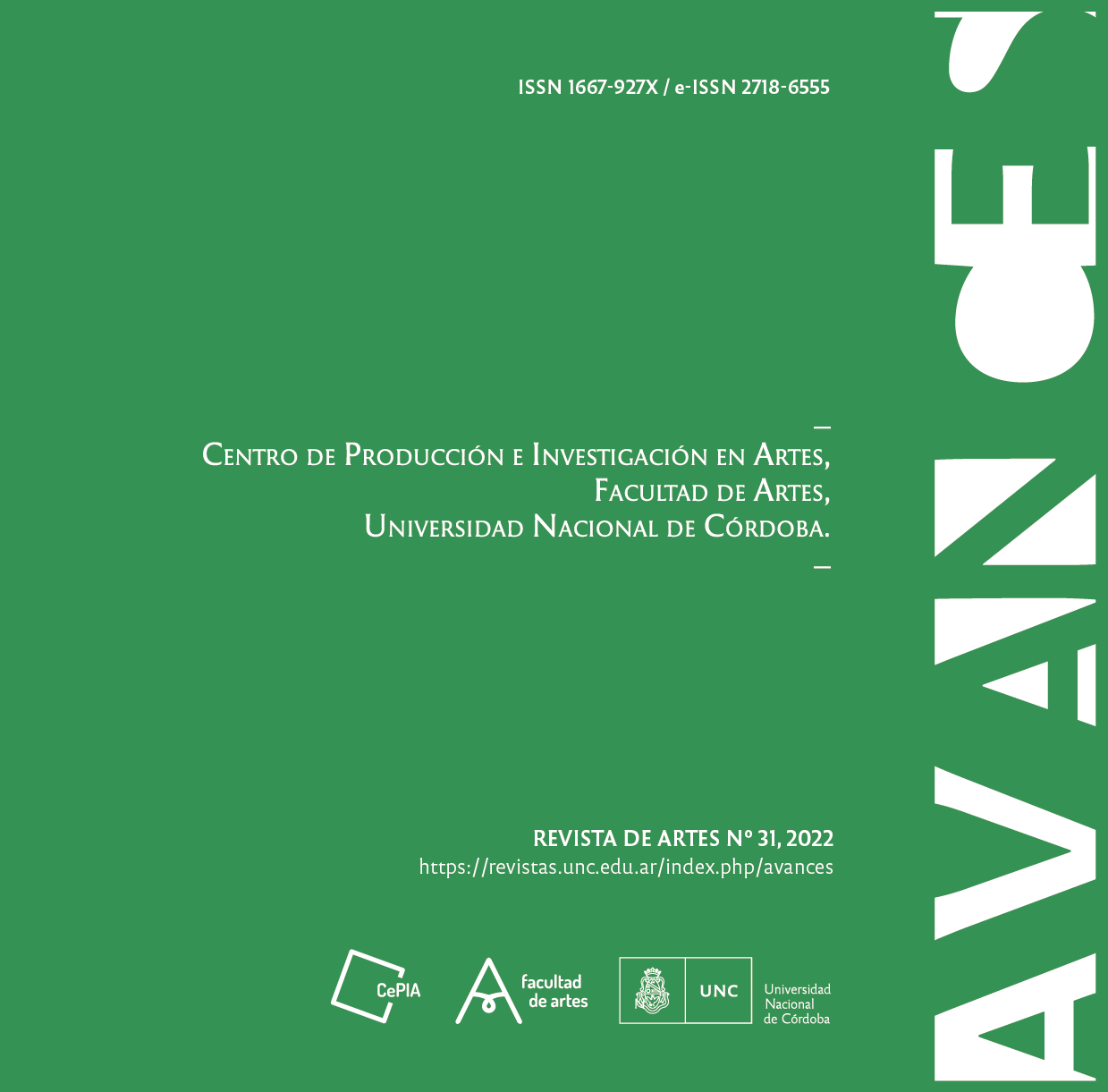From Lilith to Lulu. “Feminine evil” in culture and the arts
Keywords:
Femme fatale, Gender, Symbol, Misogyny, OthernessAbstract
The main idea of this essay is that it is possible to trace in the long run a symbolic continuity –phonetic in principle– between Lilith, Lola and Lulu, fictional nocturnal women, seductive and conducive to the ruin of man, as in Lilith, the first subverted woman.
To sustain it, the proposal is to show throughout time and in different arts the presence of the European archetype, as well as the motivations that encouraged its construction, which reached its peak at the end of the 19th century with the femme fatale.
To sustain it, the proposal is to show throughout time and in different arts the presence of the European archetype, as well as the motivations that animated its construction, which obtained its boom in the late nineteenth century with the femme fatale.
The search ends in Córdoba, where it was transferred, like other symbols of European culture.
Downloads
References
Baudelaire, C. (1995). El pintor de la vida moderna. Murcia: Cajamurcia.
Baudelaire, C. (1999). Cuadernos de un disconforme. Buenos Aires: Errepar.
Bertelé, A. et al. (1979). La Ópera. Enciclopedia del Arte Lírico. Madrid: Aguilar.
Bornay, E. (1990). Las hijas de Lilith. Madrid: Cátedra.
Capdevila, A. (1963). Cronicón de las muchas almas. En Cronicones dolientes de Córdoba. Buenos Aires: Emecé.
Dijkstra, B. (1986). Idols of Perversity. Fantasies of Feminine Evil in Fin-de Siècle Culture. New York: Oxford University Press.
Eetessam Párraga, G. (2009). Lilith en el arte decimonónico : estudio del mito de la femme fatale. Signa: Revista de la Asociación Española de Semiótica, (18), pp. 229-249. Recuperado el 2022, 23 de mayo de https://doi.org/10.5944/signa.vol18.2009.6206.
Flaubert, G. (2004). Madame Bovary. Obras completas, I. Madrid: Aguilar.
Gatt, G. (1971). Kokoschka. Barcelona: Nauta.
Girard, R. (1986). El chivo expiatorio. Barcelona: Anagrama.
Goethe, J. W. (2001). Fausto. Buenos Aires: Longseller.
Goethe, J. W. (2014). Götz de Berlichingen, el de la mano de hierro. Madrid: El álgebra y la luna.
Goldberg, R. (1988). Performance Art. Barcelona: Destino.
Goycoechea Menéndez, M. (1936). A través de la vida. Buenos Aires: Imprenta de la Universidad.
Goycoechea Menéndez, M. (2005). Poemas helénicos. Córdoba: Ferreyra.
Huysmans, J. K. (2016). rebours. París: Gallimard.
James, H. (2004). Las bostonianas. Barcelona: Seix Barral.
Jung, C. (1991). Arquetipos e inconsciente colectivo. Barcelona: Paidós.
Keats, J. (2016). Poesía. Madrid: Alianza.
Kokoschka, O. (1988). Mi vida. Barcelona: Tusquets.
Laqueur, T. (1994). La construcción del sexo. Cuerpo y género desde los griegos hasta Freud. Madrid: Cátedra.
Mann, T. (1972). La muerte en Venecia. Buenos Aires: Siglo veinte.
Mann, H. (2019). El profesor Unrat. Barcelona: Penguin Random House.
Menéndez Barriola, E. (1936). Martín Goycoechea Menéndez. Buenos Aires: Imprenta de la Universidad.
Nusenovich, M. (1998). El grito, canon corporal de la vanguardia [ponencia]. Segundas Jornadas de Estudios e Investigaciones en Artes Visuales y Música. Universidad de Buenos Aires, Instituto Julio E. Payró, Facultad de Filosofía y Letras. Argentina.
Stoker, B. (1986). Drácula. Barcelona: Plaza & Janes.
Treitler, L. (1990). Music and the Historical Imagination. Cambridge: Harvard University Press.
Wilde, O. (2003). El retrato de Dorian Gray. Buenos Aires: Longseller.
Downloads
Published
Issue
Section
License

This work is licensed under a Creative Commons Attribution-NonCommercial-ShareAlike 4.0 International License.





















